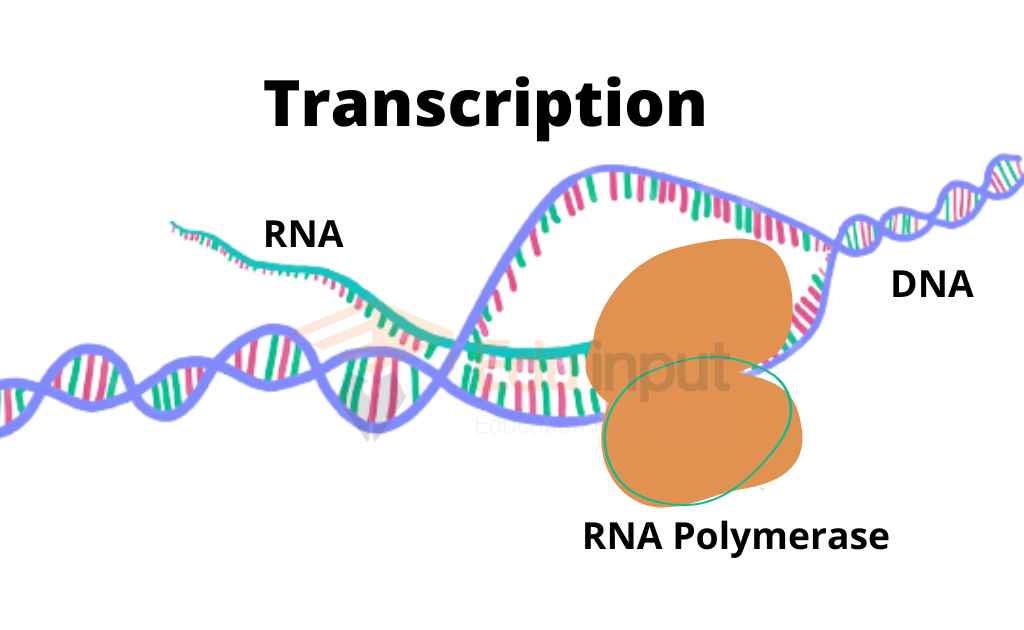Eukaryotic Chromosome | Organization of Chromosome
A eukaryotic chromosome is composed of DNA and Protein. The organization of chromosomes describes assembly, arrangement of constituent parts, or disassembly of chromosomes at the cellular level.
Organization of Chromosome
Chromatin consists of DNA and Histone proteins. This association of DNA and protein helps in the complex packing of DNA into chromosomes. So it regulates the DNA activity.
There are five different Histone proteins. These are:
Nucleosome
The nucleosome is the first step in the Organization of chromosomes. There are four types of Histone protein that are involved in the formation of core particles called a Nucleosome.

These proteins are H2a, H2b, H3, and H4. The Nucleosome comprises eight molecules of Histone proteins. DNA is coiled around the Nucleosome.
Histones contain a high proportion of amino acids that are positively charged. So they bind tightly to the negatively charged DNA. As DNA and negatively charged amino acids bind together, they form chromatin.
Under an electron microscope, the unfolded chromatin appears like beads on a string. Chromatin organization controls the transcription of DNA therefore, Nucleosome influences the gene expression.
Linker protein( H₁ protein)
Linker proteins link DNA and nucleosomes. H₁ protein, which is the 5th Histone protein is known as the linker protein. It is not required in Nucleosome formation. Rather it fixes the DNA with Nucleosomes.
Solenoid
Higher-order packing of beaded string occurs. During mitosis, the chromatin super-coils and folds further to produce more thick and more compact chromosomes.
The beaded string coils tightly by using a linker or h1 protein. It makes a cylindrical shape, which is 30 nm in diameter. This cylindrical shape is known as a solenoid.
Looped Domains
The solenoid fiber forms a loop to develop loop domains. These loops are then used to form a metaphase chromosome.
Metaphase chromosomes
The metaphase chromosome coils around itself and makes folding into a mitotic chromosome. It further compacts to form chromatin. Thus it produces the characteristic metaphase chromosomes. Chromatin either can be active or inactive.
For example, some of the human genes are active only after adolescence. In other cases, entire chromosomes may not be functioning in particular cells. So there are two areas of chromosomes:
Heterochromatic Region
The inactive regions of chromosomes are called the Hetro-chromatic region. They are highly condensed and gene-poor chromosomes.
There is low or no transcription in this region. They show a banding pattern with certain dark stains. The DNA of heterochromatin is not transcribed.
Euchromatic region
The active portions of chromosomes are called Euchromatic regions. These chromosomes are less condensed and possess a higher concentration of genes. They can easily be transcribed.
Frequently Asked Questions-FAQs
What are the regions of chromosomes?
There are two regions of chromosomes;
Heterochromatic Region
Euchromatic region
What is a nucleosome?
The nucleosome is the first step in the Organization of chromosomes. There are four types of Histone protein that are involved in the formation of core particles called a Nucleosome.

 written by
written by 




Leave a Reply